



Earth is warming at a faster pace than in the last 2,000 years: study
Earth is warming at a faster pace than in the last 2,000 years: study
News Important for: GS Paper – 3 I Environmental pollution and degradation
Context
A paper published in the journal Nature examined regional temperature trends over time.
https://iasgyan.in/imagedb/2963033.jpg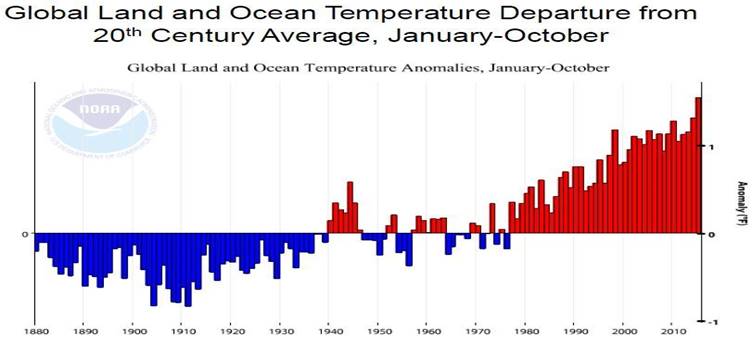
Analysis
â— As per the study world temperatures rose faster in the late 20th century than at any other time in the last 2,000 years.
â— Researchers used data compiled from nearly 700 temperature indicators
Reasons for faster temperature rise
✔ The fluctuation of surface temperatures over time
✔ Climate variability
Important finding of the Study
â— Presently the average global temperatures are around 1°C hotter than pre-industrial times.
â— The study also found that there have been a number of periods of cooling and warming over the centuries.
â— This had led sceptics of manmade global warming
â— Researchers used data compiled from nearly 700 temperature indicators — tree rings, sediment cores, coral reefs and modern thermometer readings
â— The indicators were also used to provide a comprehensive timeline of the planet’s recent climate history.
â— The Studies demonstrate that carbon dioxide concentrations are currently higher than they’ve been at any point in human history
â— Global temperatures are rising at unprecedented rates and warming is poised to surpass anything the planet has experienced in millions of years.
â— A second paper, in Nature Geosciences, examined rates of surface warming, averaged over sub-periods each a few decades long.
â— The study found that pre-industrial temperature fluctuations were largely driven by volcanic activity.
Source link:
New drug to combat wombat-killing disease
News Important for: GS Paper – 3 I Biodiversity
Context
The researcher found that disease that has ravaged wombats could be brought under control using a treatment.
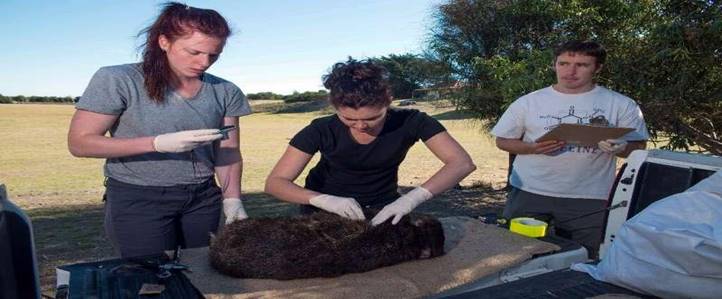
About
â— The wombat’s diseases are common in southern Australia.
â— It can bring under control using a treatment commonly applied by pet owners on cats and dogs.
â— Mange causes wombats to lose some or all of their fur and starve to death within months.
â— The Squat and furry, wombats are small burrow-dwelling marsupials that are largely nocturnal and walk on all fours.
â— They are not a threatened species.
â— A paper published today in the Journal of Applied Ecology details how past attempts to control the disease in the park failed.
Source link:
VVPAT and issues arising out of it
News Important for: GS Paper – 2 I Election commission, Elections
Context
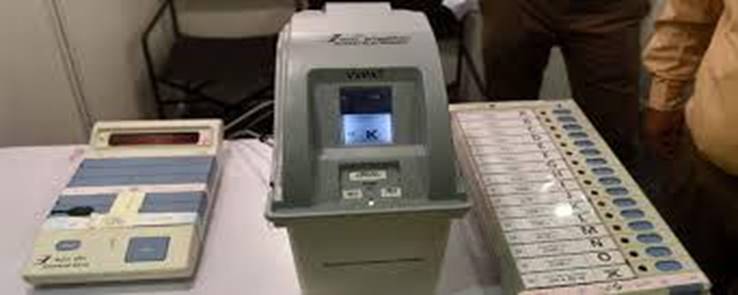
Analysis
â— The mismatch has been discovered in 8 cases in lok sabha elections.
â— The election commission has ordered the chief electoral officer to check into the mismatch.
â— Investigations would be conducted in case of a mismatch of VVPAT slips and electronic results to ascertain the technological, procedural, systemic and human errors or lapses in compliance.
â— These could include the possibility of returning officers not clearing the mock votes and manual errors while tallying the VVPAT slips.
â— The first time when mismatch was discovered in VVPAT recounts was in the 2017 Assembly elections.
What do electoral rules say about it?
â— The mismatches mark the first time there were any, since VVPAT recounts were implemented in the 2017 Assembly elections.
|
What is VVPAT?
The Voter Verified Paper Audit Trail is a method that provides feedback to voters. It is an independent verification printer machine and is attached to electronic voting machines. It allows voters to verify if their vote has gone to the intended candidate.
How does it operate?
When a voter presses a button in the EVM, a paper slip is printed through the VVPAT. The slip contains the poll symbol and name of the candidate. It allows the voter to verify his/her choice. After being visible to the voter from a glass case in the VVPAT for seven seconds, the ballot slip will be cut and dropped into the drop box in the VVPAT machine and a beep will be heard. VVPAT machines can be accessed by polling officers only.
In 2013, the SC had asked the Commission to introduce paper trails in EVMs in a phased manner for the 2014 Lok Sabha Elections. “EVMs with VVPAT system ensure the accuracy of the voting system.
|
Source link:
GSLV Mk-III helps reduce orbit-raising manoeuvres
News Important for: GS Paper – 3 I Science and technology, Space science
Context
The Geosynchronous Satellite Launch Vehicle Mark III-M1 vehicle had successfully placed the Chandrayaan2 in the Earth Parking Orbit (EPO).
Analysis
â— It is placed in the orbit with perigee (closest distance from the earth) of 170 km and an apogee (farthest distance from the earth) of 45,475 km.
What is an earth parking orbit?
â— A Parking orbit tends to be a temporary orbit that something enters before being boosted into its final orbit.
â— There is no single orbit that's called a parking orbit, any orbit can be used as EPO.
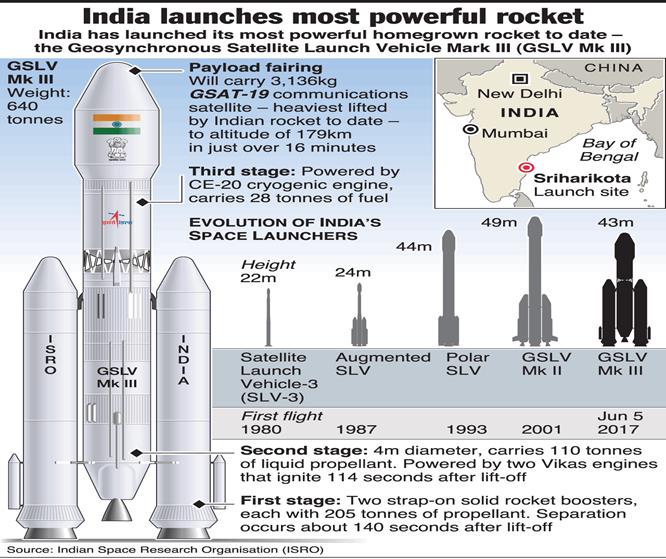
What is perigee and apogee
â— Most satellites orbit the earth in elliptical patterns.
â— When a satellite is at its farthest point from the earth, it is at the apogee of the orbit.
â— When a satellite is at its closest point to the earth, it is at the perigee of the orbit.
â— In accordance with Kepler’s second law, the satellites are fastest at the perigee and slowest at the apogee.
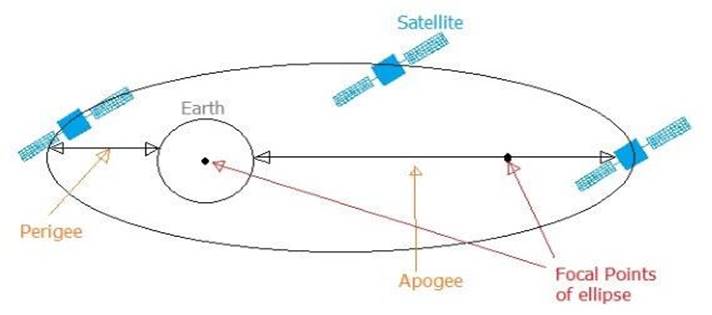
Source link:
BRICS foreign ministers meet
News Important for: GS Paper – 2 I International relation
Context
The subjects as data localisation, 5-G network and data storage will be discussed.

Analysis
â— The meeting will be held in Brasilia, Brazil.
â— A special issue of U.S. opposing Chinese telecom major huawei will also be discussed in the meeting.
â— The BRICS countries may also search for common ground on data localisation, of particular interest to India, after the Reserve Bank passed guidelines ensuring that financial data pertaining to Indians is stored only in Indian servers.
What is BRICS
â— BRICS is an acronym for the grouping of the world’s leading emerging economies, namely Brazil, Russia, India, China and South Africa.
â— The BRICS Leaders’ Summit is convened annually.
â— Together, BRICS accounts for about 40% of the world’s population and about 30% of the GDP (Gross Domestic Product), making it a critical economic engine.
â— The first BRIC Summit took place in 2009 in the Russian Federation and focused on issues such as reform of the global financial architecture.
â— South Africa was invited to join BRIC in December 2010, after which the group adopted the acronym BRICS. South Africa subsequently attended the Third BRICS Summit in Sanya, China, in March 2011.

Source link:
Companies Bill introduced in LS amid opposition hue and cry
News Important for: GS Paper – 2 I Bills
Context
A bill was introduced in Lok Sabha to replace the Companies (Amendment) Ordinance, 2019.
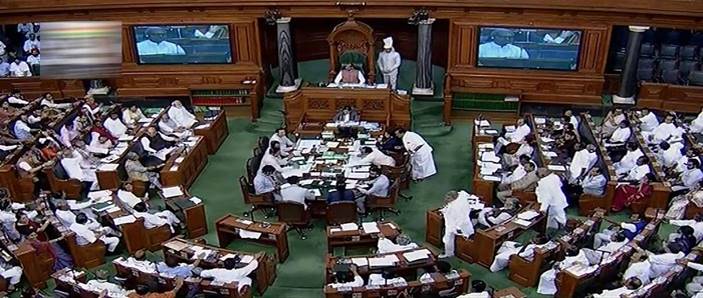
Features of the Companies (Amendment) Bill, 2018
â— It provides for re-categorisation of offences. The bill re-categorises 16 offences including the issuance of shares at a discount, and failure to file an annual return as a civil offence.
â— The bill aims to remove the clause of imprisonment for officers for defaulting the rule which prohibits issuing shares at a discount, except in certain cases. Instead, the bill provides for a penalty equal to the amount raised by the issue of shares at a discount or five lakh rupees, whichever is lower.
â— The Bill states that a company may not commence business, unless it files a declaration within 180 days of incorporation, confirming that every subscriber to the Memorandum of the company has paid the value of shares agreed to be taken by him, and files a verification of its registered office address with the Registrar of Companies within 30 days of incorporation.
â— The Bill transfers the power to approve any changes in the financial year for a company associated with a foreign company and any alteration in the incorporation documents of a public company which has the effect of converting it to a private company to the central government from the National Company Law Tribunal.
â— The Bill provides that failure to make a declaration of interest when a person holds the beneficial interest of at least 25% shares in a company or exercises significant influence or control over the company may either be fined or imprisoned for up to one year or both.
â— The bill increases the ceiling up to which the regional director can compound (settle) offences with a penalty of up to twenty-five lakhs from five lakh rupees.
â— The amendments are brought in as per the recommendations of a committee constituted to suggest changes to the Companies Act, 2013.
Source link:

© 2025 iasgyan. All right reserved